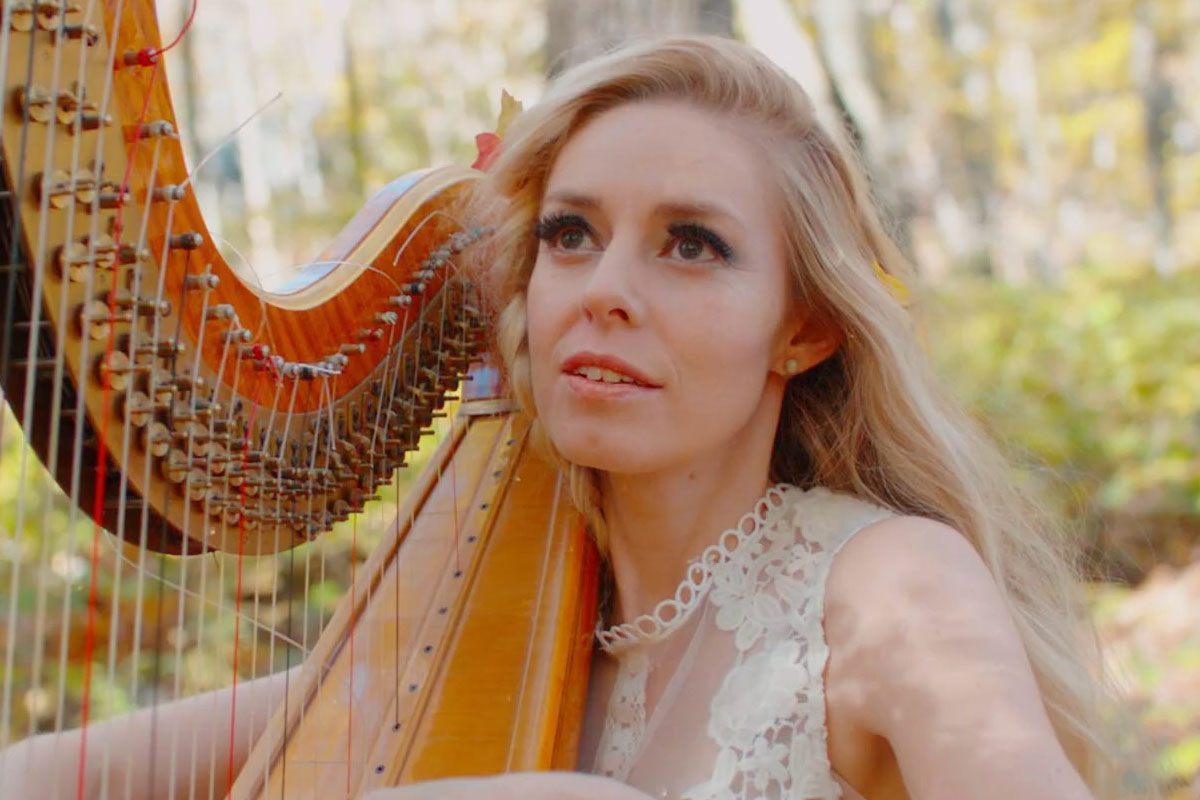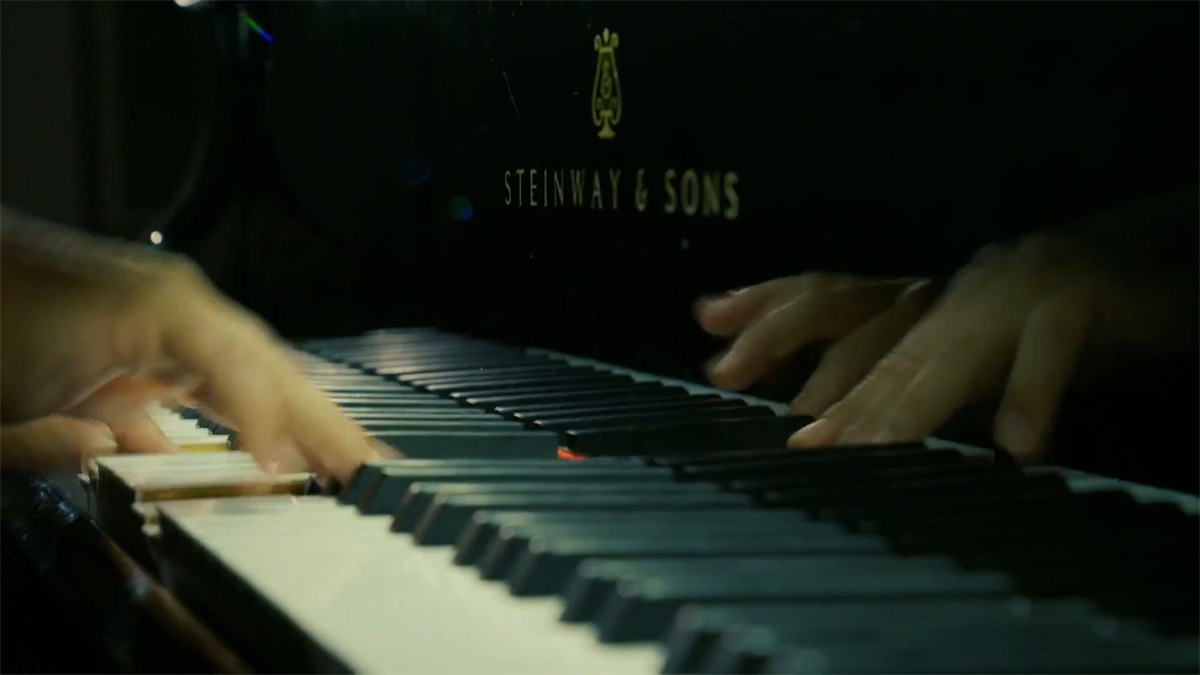Correspondingly, musical literature of the sort studied here asks its readers to “do” something beyond merely reading it, and in the process it challenges and transcends many of the Western world’s most persistent cultural divisions, whether between author and audience, subject and object, material and ideal, black and white, or male and female.
In addition to asking why American modernist authors wrote musical literature, this book attends to the kind of music they invoked and emulated most frequently: that of the commercial, popular tradition.
Most previous accounts of the relationship between music and literature have been highbrow and European in orientation, and they have tended to emphasize music’s ineffability, its abstract autonomy, and the promise it offers of escaping the confines of language.
The authors studied in these pages, however, draw upon the popular arts for very different reasons, attracted by their immediacy, their familiarity, and the implicit welcome they extend to diverse audiences. In regard to musical accessibility we can turn again to Small, who notes that in popular idioms, “no-one is excluded through being unable to comprehend what the musicians are doing, and no-one seems to need formal instruction in order to do so. . . .

